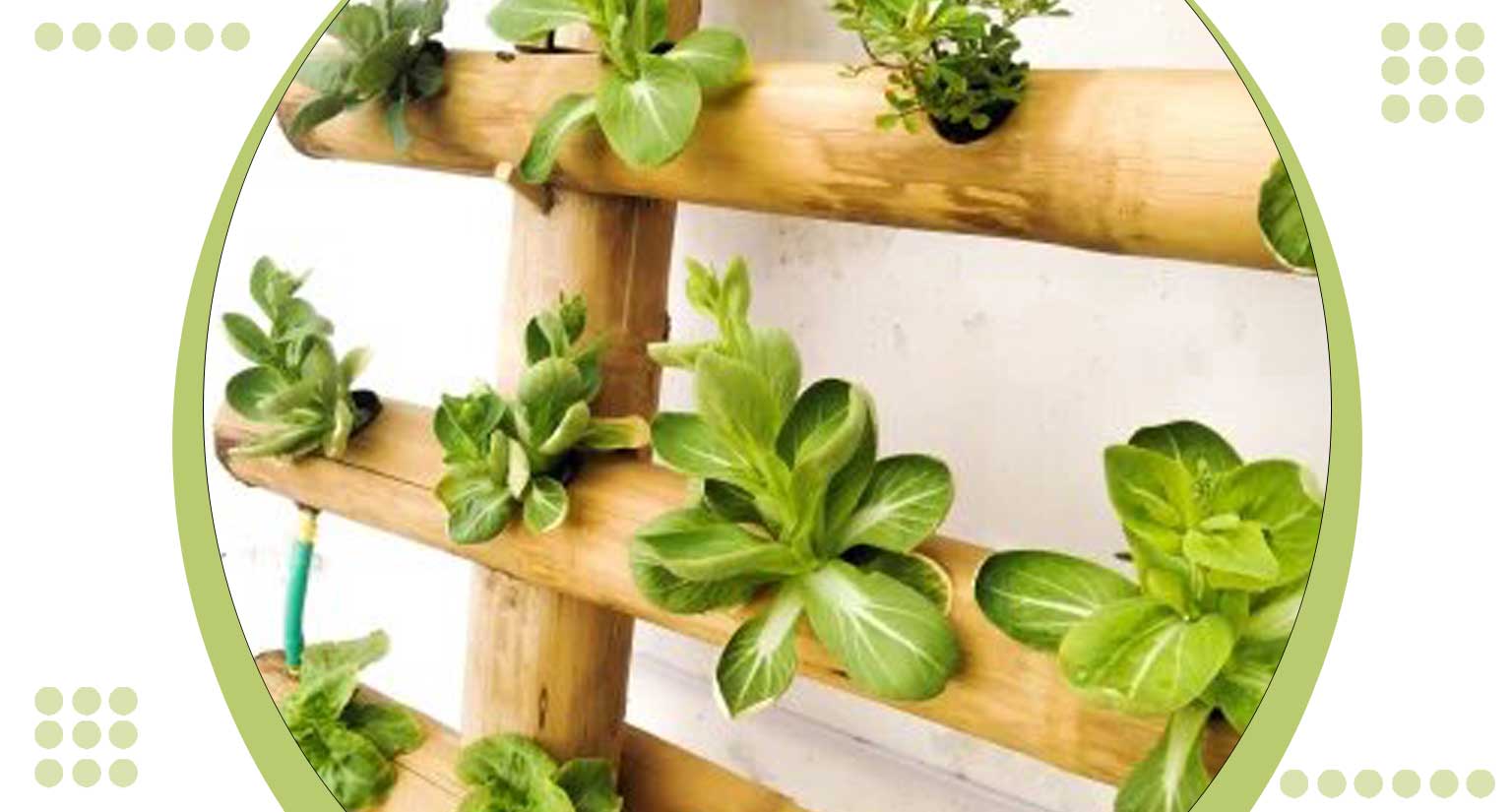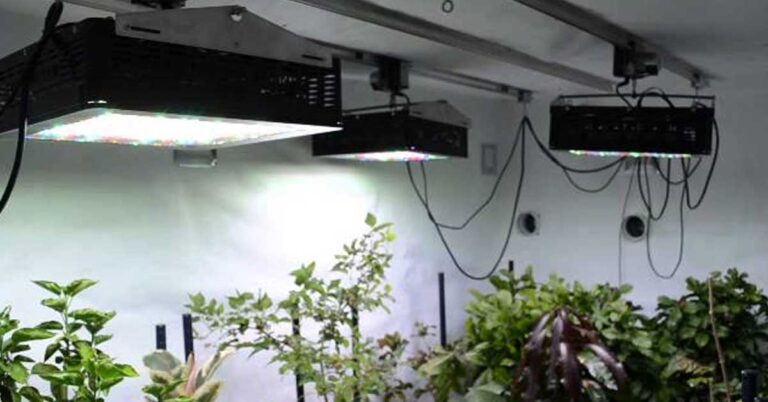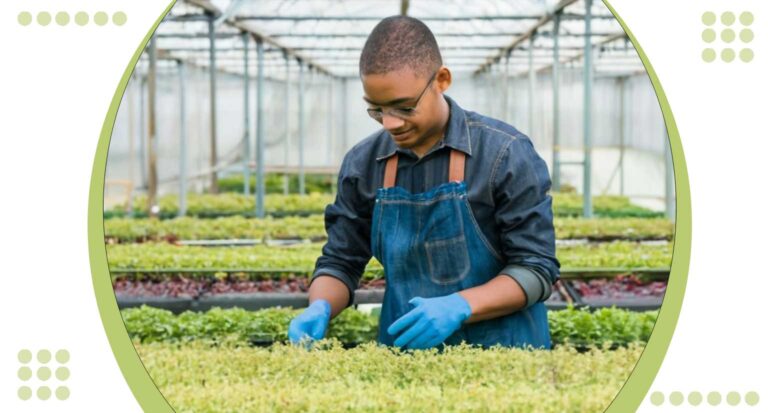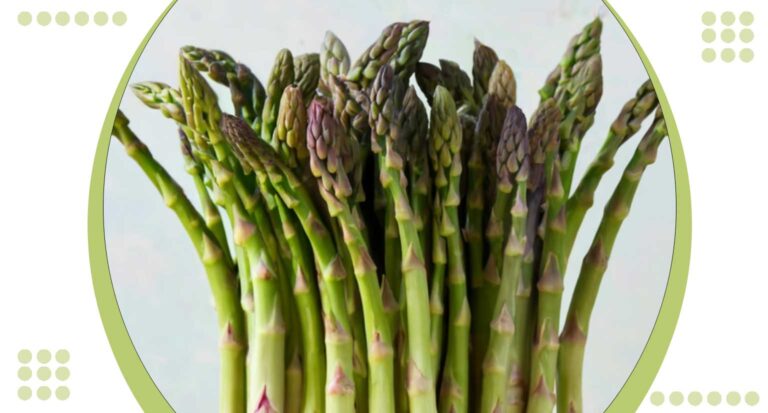Bamboo Hydroponic 101: Mastering Growth with Ease
Bamboo hydroponics represents a cutting edge method of cultivating bamboo plants without the use of soil. This innovative approach utilizes nutrient rich water solutions to deliver essential minerals directly to the bamboo’s roots, fostering accelerated growth and robust health.
By eliminating the need for traditional soil based cultivation, hydroponic systems offer precise control over environmental factors like nutrient levels, pH balance and water quality, optimizing conditions for maximum bamboo productivity.
The process of growing bamboo hydroponically begins with selecting suitable bamboo species known to thrive in hydroponic environments. These plants are placed in a carefully monitored setup where their roots are submerged or periodically exposed to a balanced nutrient solution.
This solution is tailored to provide all necessary nutrients, including nitrogen, phosphorus, potassium and trace minerals, ensuring vigorous growth and sustainable development. Hydroponic bamboo cultivation is gaining popularity for its efficiency in water usage and its ability to produce high quality bamboo that meets diverse industrial and consumer demands.
One of the primary advantages of bamboo hydroponics lies in its environmental sustainability. This method minimizes soil erosion, reduces water consumption by up to 90% compared to traditional farming and mitigates the use of chemical fertilizers and pesticides. It offers a promising solution for sustainable agriculture, catering to the increasing global demand for bamboo as a versatile and eco friendly resource.
In the pursuit of sustainable and efficient cultivation, innovative bamboo hydroponic systems offer a game changing approach to plant growth. This method combines the strength of bamboo with the precision of hydroponics, creating an environment that nurtures your plants, enhances yields and minimizes environmental impact. If a seasoned gardener or just starting, BAMBOO HYDROPONIC opens doors to a world where your plants thrive in optimal conditions.
How To Grow Hydroponic Bamboo?
The art of cultivating bamboo through innovative hydroponic techniques. a comprehensive guide through step by step process, empowering to harness the full potential of BAMBOO HYDROPONIC for remarkable results.
Selecting the Right Bamboo Variety
Begin your hydroponic bamboo adventure by choosing the right bamboo variety. Opt for species that thrive in hydroponic environments, ensuring optimal growth conditions and a robust harvest.
Setting Up Your Hydroponic System
Build a resilient hydroponic system tailored to the unique needs of bamboo. From nutrient solutions to water circulation, provides insights into creating an efficient and sustainable setup that supports vigorous growth.
Nutrient Management for Maximum Yield
The essential nutrients that bamboo craves for flourishing in a hydroponic environment. Outlines precise strategies for nutrient management, ensuring your bamboo receives the nourishment it needs at every stage of growth.
Environmental Control and Monitoring
Optimize your hydroponic bamboo cultivation by maintaining meticulous control over environmental factors. How to monitor and adjust light, temperature, and humidity levels to create the ideal conditions for robust and healthy bamboo growth.
Pruning and Maintenance Techniques
The art of bamboo maintenance with expert pruning techniques. Provides practical insights into keeping your bamboo plants in peak condition, promoting better air circulation, and preventing diseases.
Hydroponic bamboo growing with confidence, armed with the knowledge and techniques to nurture thriving bamboo plants. Cultivate sustainability and efficiency in the garden with BAMBOO HYDROPONIC and witness the extraordinary results firsthand.
Choose The Right Hydroponic System For Bamboo
Finding the Perfect Match
When it comes to cultivating bamboo through hydroponics, selecting the right system is paramount. The ideal hydroponic setup tailored to the unique requirements of BAMBOO HYDROPONIC, ensuring optimal growth and maximum yields.
Deep Water Culture (DWC) System
Consider the Deep Water Culture (DWC) system for its simplicity and efficiency. This method submerges bamboo roots in a nutrient rich solution, promoting vigorous growth. With BAMBOO HYDROPONIC, the DWC system provides the stability and support necessary for your plants to flourish.
Nutrient Film Technique (NFT) System
Opt for the Nutrient Film Technique (NFT) system if you seek a method that conserves water and nutrients while promoting efficient nutrient uptake. This system ensures a constant flow of nutrient rich solution along the bamboo roots, fostering robust growth in a controlled environment.
Aeroponic System
For the utmost precision and oxygenation, consider the Aeroponic system. BAMBOO HYDROPONIC thrives in this environment, where nutrient rich mist is delivered directly to the plant roots. This method maximizes nutrient absorption, resulting in healthier and more abundant bamboo growth.
Drip System
The Drip System offers a versatile solution for BAMBOO HYDROPONIC enthusiasts. By delivering a regulated flow of nutrient solution directly to the bamboo roots, this system ensures a consistent and controlled environment, promoting optimal nutrient absorption and overall plant health.
Choosing the Right Fit
Each hydroponic system has its strengths, and the right choice depends on specific goals and preferences. Into the world of BAMBOO HYDROPONIC with confidence, armed with the knowledge to select the perfect hydroponic system for bamboo cultivation.
How do you make a bamboo hydroponic system?
Creating a bamboo hydroponic system involves several key steps to ensure optimal growth and sustainability. Begin by selecting a suitable bamboo species known for thriving in hydroponic environments. Prepare a reservoir or container large enough to accommodate the bamboo roots and fill it with a nutrient rich water solution. This solution should contain essential minerals such as nitrogen, phosphorus, potassium and trace elements like calcium and magnesium.
Next, place the bamboo plants in the reservoir, ensuring their roots are submerged or periodically exposed to the nutrient solution. Use a growth medium like clay pellets or perlite to support the plants and allow for adequate root aeration. Monitor and maintain the pH balance of the nutrient solution to optimize nutrient uptake and overall plant health. Provide adequate lighting, typically full spectrum grow lights, to mimic natural sunlight and promote photosynthesis. Regularly monitor and adjust environmental factors such as temperature and humidity to create an optimal growing environment for hydroponic bamboo.
Introduction to DIY Bamboo Hydroponic
The rewards of sustainable gardening by constructing a BAMBOO HYDROPONIC system. This step by step guide empowers to create a customized hydroponic setup, harnessing the strength of bamboo for optimal plant growth and yields.
Materials You’ll Need
Before diving into construction, gather the following materials.
- Bamboo pipes or segments.
- Hydroponic nutrient solution.
- Submersible water pump.
- Growing medium (such as hydroton or coconut coir).
- Net pots.
- pH testing kit.
- Timer for the water pump.
Step by Step Construction
Step 1: Prepare the Bamboo Pipes
Choose bamboo pipes or segments that suit your desired system size. Ensure they are clean and cut them to the appropriate lengths for planting tubes.
Step 2: Create Planting Tubes
Drill holes into the bamboo pipes to create planting tubes. Space the holes appropriately for your bamboo plants, ensuring they have enough room to grow and receive ample nutrients.
Step 3: Set Up the Water Reservoir
Choose a sturdy container for the water reservoir. Place the submersible water pump inside and connect it to the bamboo pipes. Ensure the pump is reliable and can provide a steady flow of nutrient solution to the planting tubes.
Step 4: Add Growing Medium and Plants
Fill the planting tubes with the chosen growing medium and insert bamboo plants into the net pots. Place the net pots into the holes in the bamboo pipes, securing the plants in place.
Step 5: Install Timer and Monitor pH Levels
Set up a timer for the water pump to ensure regular nutrient delivery. Regularly monitor the pH levels of the nutrient solution to maintain an optimal growing environment for bamboo plants.
Step 6: Fine Tune and Enjoy
Make adjustments as needed, fine tuning the system to suit the specific needs of BAMBOO HYDROPONIC setup. Watch as bamboo thrives in this innovative and sustainable hydroponic environment.
Create your own BAMBOO HYDROPONIC system and witness the remarkable growth and abundance it brings to your garden. Cultivate sustainability and efficiency with this DIY approach, combining the strength of bamboo with the precision of hydroponics.
What are the advantages and disadvantages of bamboo using hydroponics material?
Advantages of Bamboo Hydroponic Material
1. Sustainable and Renewable
Bamboo is a highly sustainable material, known for its rapid growth and renewability. Choosing bamboo for your hydroponic system aligns with eco friendly practices, reducing the environmental impact of gardening endeavors.
2. Strength and Durability
Bamboo boasts exceptional strength and durability, providing a sturdy framework for hydroponic setup. Its robust nature ensures longevity, offering a reliable support system for plants throughout their growth cycle.
3. Natural Resistance to Pests and Diseases
Bamboo exhibits natural resistance to pests and diseases, reducing the need for chemical interventions. This advantage contributes to a healthier and more organic growing environment for hydroponically cultivated plants.
4. Aesthetic Appeal
Bamboo lends a natural and aesthetically pleasing look to your hydroponic system. Its visual appeal can enhance the overall appearance of your garden, creating a harmonious and inviting space for both plants and enthusiasts.
Disadvantages of Bamboo Hydroponic Material
1. Decomposition over Time
While bamboo is durable, it may undergo decomposition over an extended period, especially when exposed to constant moisture in hydroponic systems. Regular maintenance and potential replacement may be necessary to counteract this natural process.
2. Limited Availability of Suitable Bamboo Species
Not all bamboo species are suitable for hydroponic systems. Availability of the right bamboo varieties may vary, limiting options for growers. It’s crucial to select bamboo species that thrive in hydroponic conditions to ensure successful cultivation.
3. Initial Cost and Labor
The initial setup of a bamboo hydroponic system may require additional costs and labor compared to conventional materials. However, the long term benefits, including sustainability and durability, often outweigh the initial investment.
4. Size and Space Considerations
Bamboo’s natural size and shape may require careful planning in terms of spacing in the hydroponic system. Ensuring adequate room for growth without overcrowding is essential to maintain optimal conditions for your plants.
By weighing the advantages and disadvantages, you can make informed decisions when incorporating bamboo into your hydroponic system. The strengths of this sustainable material while mitigating potential challenges to create a thriving and eco conscious gardening experience.
Conclusion
The synergy of sustainability and efficiency through BAMBOO HYDROPONICS, a groundbreaking approach to plant cultivation. Harnessing the strength of bamboo in a hydroponic system unlocks a world of eco conscious gardening, promoting robust growth and bountiful harvests. The future of cultivation with BAMBOO HYDROPONICS and witness the flourishing results that align with both nature and innovation.
Bamboo hydroponics represents a forward thinking approach to sustainable agriculture, offering numerous benefits for growers and the environment alike. By harnessing advanced hydroponic technology, this method ensures efficient nutrient delivery, leading to faster growth rates and higher yields compared to traditional soil based cultivation. This efficiency translates into reduced resource consumption, including water and fertilizers, while minimizing environmental impact through decreased soil degradation and chemical runoff.
Moreover, hydroponic bamboo cultivation supports versatility in agricultural practices, allowing for cultivation in diverse environments such as urban areas and controlled indoor settings. This adaptability not only expands opportunities for local production but also promotes the cultivation of bamboo for various industrial applications, from construction materials to eco-friendly consumer products. As global interest in sustainable farming practices continues to grow, bamboo hydroponics stands out as a viable solution that balances productivity with environmental responsibility.
Ultimately, adopting bamboo hydroponics not only meets the rising demand for bamboo products but also contributes to broader ecological goals of conservation and sustainable resource management. By embracing this innovative cultivation method, growers can enhance crop quality, increase profitability and contribute positively to a greener future for agriculture.







